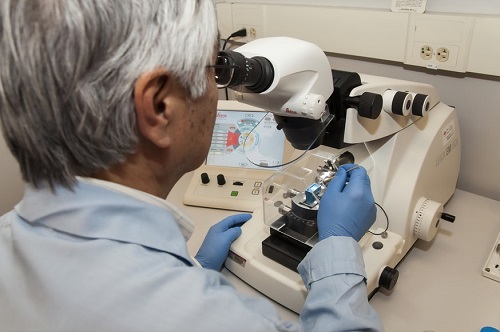Publishing Clinical Trials Results in Journals

Clinical trials are a crucial piece of launching a medical device. Publishing the data you have gathered regarding the safety and effectiveness of your product is the first step of proving its quality attributes. A clinical trial, when done correctly, can produce a colossal amount of data, all of which may not be usable or even comprehensible.
To make an impact, the data collection presented in your clinical trial journal should be organized. The manuscripts submitted to any peer reviewed journal will go through an editorial committee and the editor in chief. Having the right literature review for a comparison with the data of your clinical trial and the right presentation is hence imperative.
Clinical trial publications can seem more daunting than they are if you don’t know what you are doing. As a rule of thumb, you want to be as precise with the results as possible, showing the efficacy of the treatment, while also focusing on the new revelations your journal paper is bringing to the medical sector.
There are no specific clinical trial journals that you must submit your paper to. However, most papers are published in journal for clinical studies of the associated specialty. For example, clinical trials regarding surgical robots will be published in surgical peer reviewed journals.
Importance of the clinical trial design

The purpose of clinical trials is to provide evidence in support or against treatment efficiency. Clinical trials publications hence require a study protocol with a well-defined research question, proper randomization, and stratification, both sick and healthy volunteers, blinding, control groups or placebo, large enough sample size, and ideal target population.
If the trial design is well made, the probability of it publishing is higher. In most clinical trials, the data is gathered before and after the participants receive the interventions (medicine or medical devices for example).
The outcome of the trials is then arranged in a way that answers the research question and provides scope for further development.
Structured study protocols

Clinical trial publication in itself depends a lot on the design. Several types of clinical trials can be conducted; double bind, randomized or placebo-controlled. These are mainly ways to avoid bias. The trial is designed around the research question or null hypothesis: the purpose of the trial design is to help the researcher reach a proven conclusion.
A trial design usually includes several phases. Phase one is the first round of studies done on a small group of human participants. After the first phase has determined the safety of the intervention, the next phases are done with larger sample size.
In the second phase usually, the participants are divided into control groups. This phase also determines the efficacy of the treatment as well as the dosage (for drugs). The last step is done before launching to compare the product to others in the market and monitor any possible side effects.
A structured study protocol describing all of these steps and the parameters your trial will be assessing is helpful in two ways. One, it will help your trial to get approval. Two, it will help immensely when you are trying to create a statistical analysis plan.
When outlining your trial design conduct analysis of the interim data. With a structured study protocol, analysis of the interim data and primary and secondary outcomes are easily done.
What is the Clinical Trials Regulation?

EU has a standard study protocol format one needs to follow to publish their clinical trial results. The Clinical Trials Regulation No 536/2014 will be effective from 31st January 2022, which will alter a lot regarding the conduction of clinical trials in the EU.
According to the regulation, all assessments of clinical trials will the done through the Clinical Trials Information System (CTIS) from now on. CTIS is the new portal and database for all clinical trials in the EU from February 2022.
How are clinical trials published?

Usually, the results of clinical trials are published within a year after the study is conducted. To publish clinical trial results in the EU now, the first step is to ensure the trial meets the clinical trial regulations.
After you have made sure, your study adheres to the format set by the EU, you can submit the trial for publication. The CTIS is now the “single entry point” for trials. It will ensure speedy approval and zero chances of duplication.
Open access?
Previously, there was an option to publish trials in journals of clinical research even if they weren’t open access journals. Open access journals allow the publications to be read by anyone for free. This means the results of the clinical trials are accessible by anyone.
Under the new EU clinical trials regulation, all trials will be open access for the sake of transparency and maintaining the highest standard.
